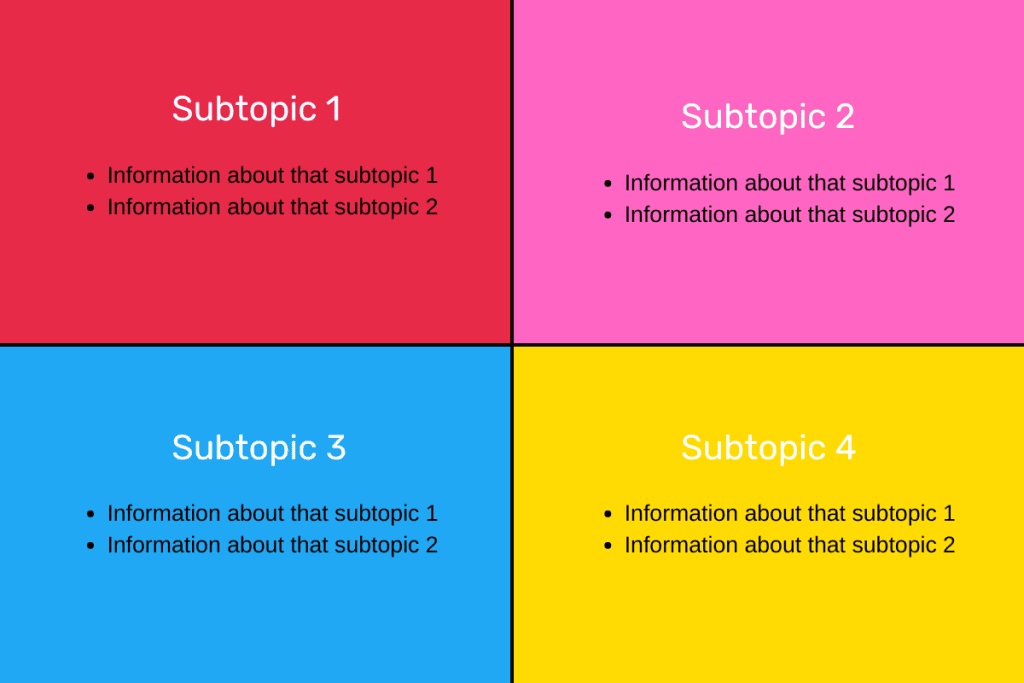You know what they say: The palest ink is better than the best memory. It is for a reason. When we take notes in class and write things down, we tend to memorize faster and better.
You can pay attention to something you are learning, and after some time, you can’t remember it unless you have some reminder in the form of notes.
Physical and online books are often extensive, so taking notes in class can speed up the studying and reading process and avoid long scrolling through documents.
Good teachers use their own words instead of sentences from the books. Writing down these words for good understanding and memorizing the material is essential. But how can you be an effective note-taker?
Why Taking Notes During Class Matters
You’ve probably heard a saying: “The palest ink is better than the best memory.”
Science backs that up: writing notes by hand improves long term memory retention and understanding.
You can take notes with pen and paper, smart pen and tablet, or by typing on your keyboard. In each way, you will see progress in learning.
There probably were situations where you borrowed class notes from your peers. Their notes surely confused you, and you needed help understanding them.
That is because someone else was writing this, and it is in people’s nature to better manage their papers and notes.
Doing your new project is always easier than remaking someone else’s. So, taking your notes is essential for good learning.
You will be actively engaging with the material, organizing ideas, and making later test prep easier.
Quality notes:
- help you recall and retain information;
- make studying faster and more efficient;
- provide a personalized roadmap for revision.

Tips on How to Take Notes in Class Effectively
Not all note-taking methods are created equal. Here are some useful tips on how to take notes more effectively and more quickly.
1. Start with Structure: Topic and Subtopics
Start by finding the main topic of the lecture and break it into smaller parts. This makes it easier to organize and review later.
Write your notes while the lecture is still fresh in your mind—this will help you remember more.
The more you follow the natural structure and hierarchy of the topic you are taking notes of, the less work you will have afterwards.
2. Use Visual Separation
Divide your notes into sections – either by drawing boxes, columns, or simply adding space between subtopics. You can even split your page into four quadrants to organize facts.
For example, you can separate paper into 4 squares, like quarters. In these squares, you can put different facts. Each square is reserved for data based on the same subtopic.
This advice will allow you to quickly put the thesis in boxes.
You will find yourself remembering things by the square you put them into. When you get a question, you will remember the answer from your visual memory of squares. For example: ,,I remember this information from the upper right square’’.

This technique taps into your visual memory. It also makes it easier to recall the information and specific details.
3. Write Bullet Points, Not Paragraphs
Do not waste your time and energy trying to write everything word for word. Stick to bullet points that capture important details. When learning how to write notes fast, briefness is your best friend.
This helps you stay focused on the essential information and prevents you from falling behind.
4. Add Illustrations, Graphs, and Charts
Another saying you have probably heard in your life: “A picture is worth a thousand words”.
If you’re a visual learner, drawing quick sketches or diagrams can help you remember more information from your notes.
When the class ends, you can revise your notes and create completely new ones, this time, using images.
If you are an artistic soul, and you struggle with subjects that are a bit “opposite” of that, then this is a tip for you.
It is somewhat similar to the “Mapping method” mentioned later in the article. Instead of writing information, you draw it.
However, in our previous tip, we emphasized the importance of structuring the information properly.
With the mapping method, you can draw the “map” of the structure that represents the topic you are learning.
In the middle of the paper, you draw the main topic and a small illustration that represents it.
Then you draw branches, each with its own unique drawing, representing subtopics.
You branch further until you make the “map” of the whole topic. When you revise, you remember illustrations, not boring sentences and paragraphs.
Mapping methods can differ from person to person, so make sure you use it in a way it suits you the most. It is highly recommended to use colors to make drawings easier to remember.
This works particularly well for subjects like Biology and Science. Is also useful for social sciences like Geography, History and others.
5. Color Code Your Notes
Once the class is over, revisit your notes and add highlights or colored markers to emphasize key points.

Just like in the mapping method, the color association helps with memorization and turns your notes into a visually engaging study tool.
6. Review and Rewrite When Needed
Going over your notes shortly after class helps reinforce what you’ve learned.
If things seem messy to you, rewrite them to make them clearer. This is a great way to combine learning and organizing in one go.
Also, try to have in mind that after the class, your memory of the lecture will start to fade.
This is why it is important to try to explain the notes you write down as if you are aware of the fact that you will have trouble understanding it later while revising. That way, you will remind yourself of the core point of that information while revising.
What you should be remembering is information and the essence, not the words themselves.
Popular note-taking methods
Depending on your learning style, you may want to experiment with these proven strategies to improve how you take notes:
- Cornell Method: Divide your page into cue column, note-taking area, and summary section;
- Outline Method: Great for hierarchical information. Perfect if you want to learn how to take notes in class in an organized way;
- Mapping Method: Ideal for visual learners. This helps when information follows a sequence or flow;
- Charting Method: Best for fact-heavy lectures. Separate info into columns for quick reference;
- Sentence Method: Fast and simple. Good for when you need to write notes fast during rapid lectures.
How Online K12 Schools such as EduWW solve this problem
Students enrolled in K12 online schools, especially our school EduWW, have a huge advantage when it comes to making their own notes more organized.
Unlike traditional classrooms, digital learning platforms offer 24/7 access to lectures, notes, and other materials.

Here’s why that matters:
No Rush to Write Everything Down
Materials are always available. This means students can pause, rewind, and re-watch lectures, unless they are attending live classes
Even the live classes are with a small group or even individual. This greatly reduces the stress and urgency to write everything down.
This allows them to take notes at their own pace or even take detailed notes slowly without missing any information.
Easier Organization
Digital platforms often include downloadable slides, transcripts, and interactive modules, helping students focus on summarizing rather than copying.
Built-In Review Opportunities
Because the content is on-demand, students can immediately revisit parts they didn’t understand and revise their notes accordingly.
Cleaner, Sharper Notes
Online K12 students often use typing or stylus tools, which are faster than handwriting and easier to format – making it simpler to complete notes fast and neatly.
For all these reasons, making notes easy to remember is also a more achievable goal for every online school student.



